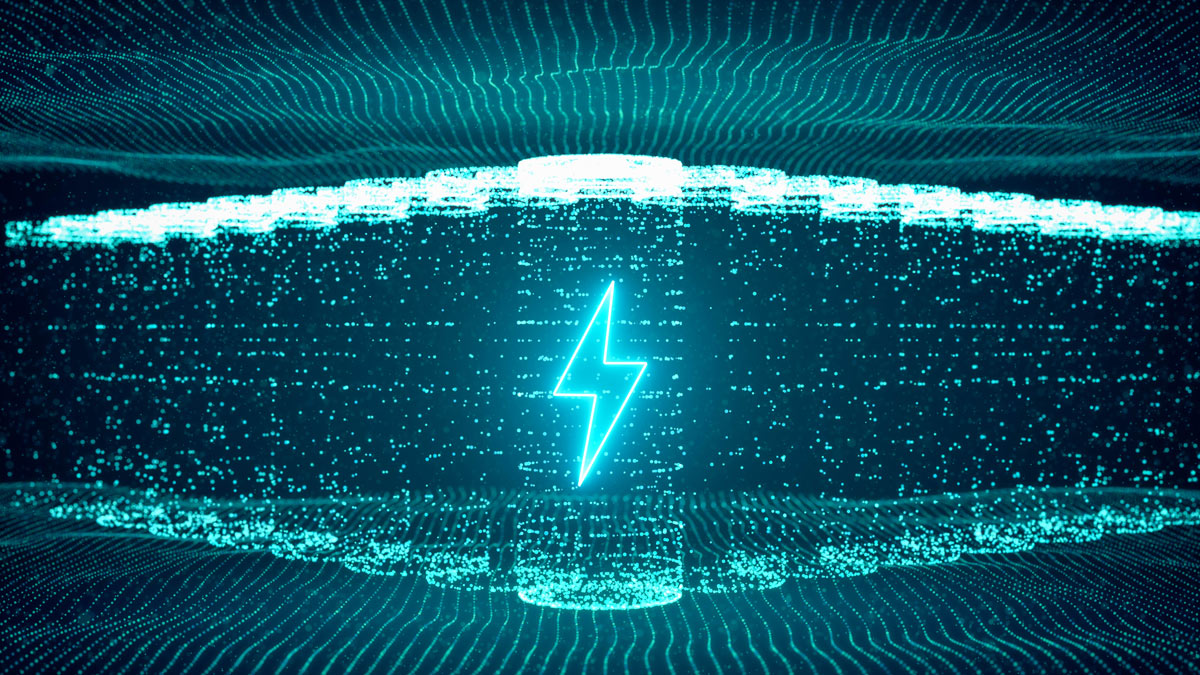SPG from Lithium Energy’s Burke project has returned excellent test results which indicate its highly suitable for use in lithium-ion batteries
Improvements are possible through further SPG shape optimisation and a coating process
Company will advance plans to build an SPG pilot manufacturing plant in Queensland
Special Report: Electrochemical battery test work has proven that spherical purified graphite sourced from Lithium Energy’s Burke project in northwest Queensland is highly suitable as anode material for lithium-ion batteries.
Burke is 125km north of Cloncurry, next to Novonix’s Mt Dromedary graphite project, and around 783km from the port and future battery materials hub of Townsville, where the Queensland State Government wants to develop the Lansdown Eco-Industrial Precinct to produce downstream ingredients for battery tech.
It has a resource of 9.1Mt grading 14.4% total graphitic carbon (TGC) for 1.3Mt of contained graphite.
Metallurgical test work by Lithium Energy (ASX:LEL) initially resulted in the production of a graphite flake concentrate with 95% total graphitic carbon that was subsequently refined into spherical purified graphite (SPG) with >99.97% TGC – using potentially low-cost, environmentally safer, non-hydrofluoric acid processes.
This achieved 63% overall graphite recovery in the spheronising process and produced two industry standard-sized spherical graphite materials from one graphite flake stream.
Near maximum charge capacity
The test work found uncoated Burke SPG has high specific charge capacity of 362-364mAh/g, which is close to the theoretical maximum specific charge capacity of natural graphite of 372mAh/g.
Testing also returned very high Coulometric efficiencies of 99.3-99.8% over multiple charging and discharging cycles of the battery, while high crystallinity and low levels of graphite degradation under multiple high charging/discharging cycles indicates enhanced battery stability and longer battery life.
“These outstanding electrochemical battery testing results are the final piece of the ‘BAM (battery anode material) puzzle’ that confirms Burke graphite as an exceptional material for use in Li-ion batteries,” LEL executive chairman William Johnson said.
“The company will now focus on optimising the BAM development pathway and implementing a process to produce marketable quantities of SPG that will be used to secure offtake agreements.
“This includes continuing its plans to install and operate an SPG pilot plant in Queensland. We are now entering a very exciting phase of the development of our vertically integrated Australian-based BAM business.”
Improvements and next steps
LEL notes that while the charge capacity is an exceptional result for uncoated SPG, further enhancements to specific charge capacity are still likely with further SPG shape optimisation and a SPG coating process.
The results also provide the company with enough confidence to advance plans to build an SPG pilot manufacturing plant in Queensland from which it can provide marketing samples for potential offtake customers and train future operating staff for its proposed full-scale commercial battery anode manufacturing facility in Townsville.
This article was developed in collaboration with Lithium Energy, a Stockhead advertiser at the time of publishing.
This article does not constitute financial product advice. You should consider obtaining independent advice before making any financial decisions.
The post Graphite from Lithium Energy’s Burke project is eminently suited for use in li-ion batteries appeared first on Stockhead.






















